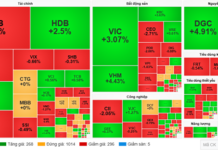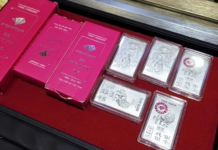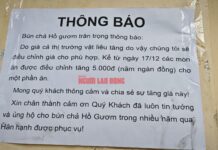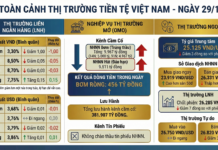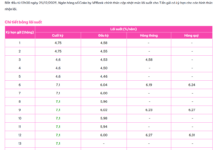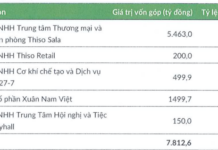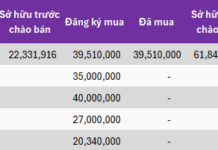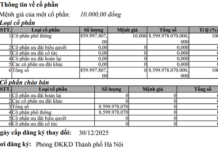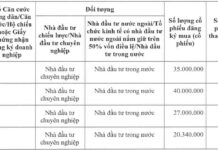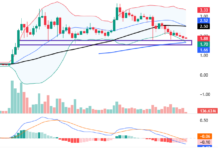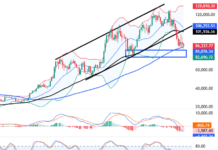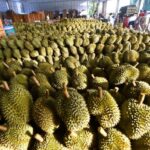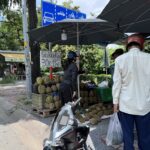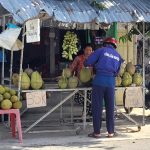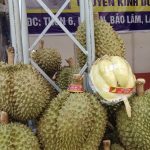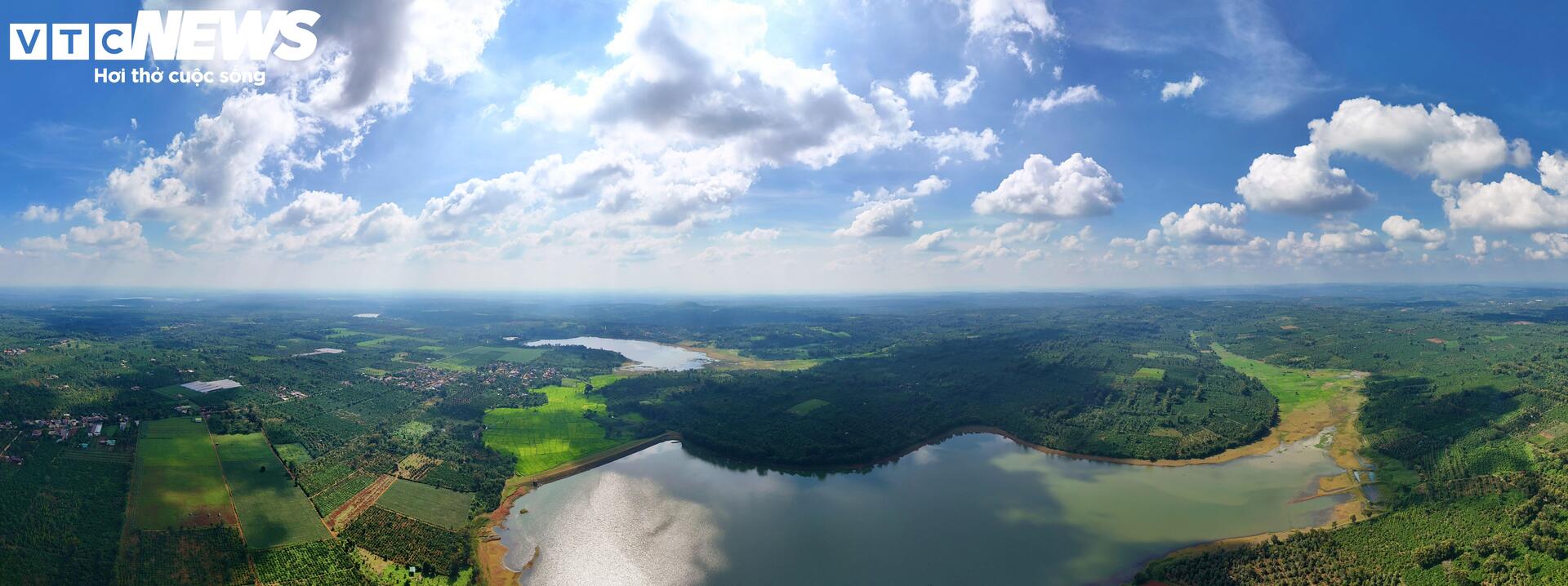
Đắk Lắk is the country’s leader in durian cultivation, with nearly 41,000 hectares of land dedicated to this fruit. The estimated yield for 2025 is approximately 392,000 tons, an increase of over 30,000 tons from the previous year.
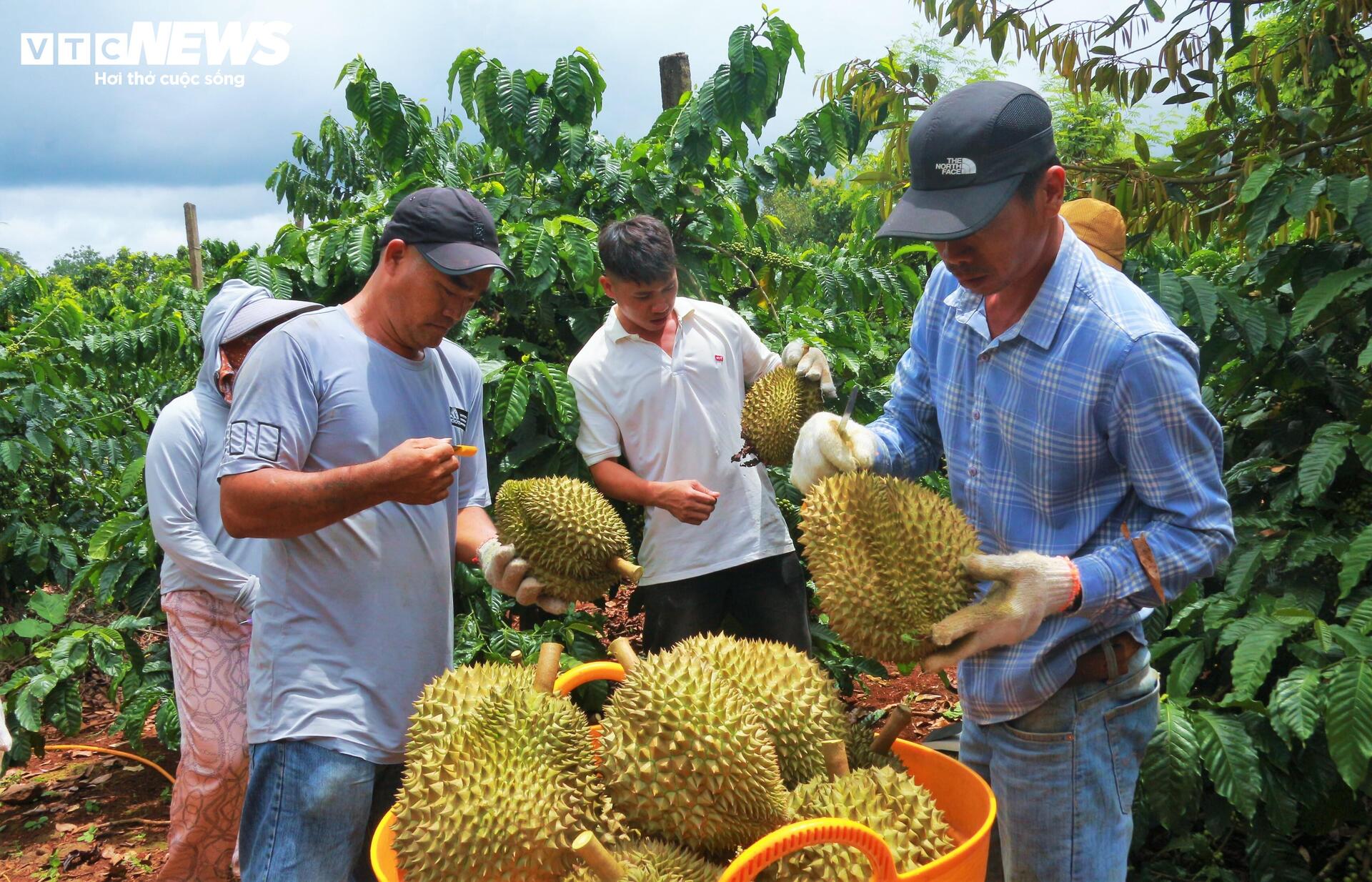
Unfavorable weather conditions in the past few days have led to a decrease in durian yield during the harvest season in many localities within the province.
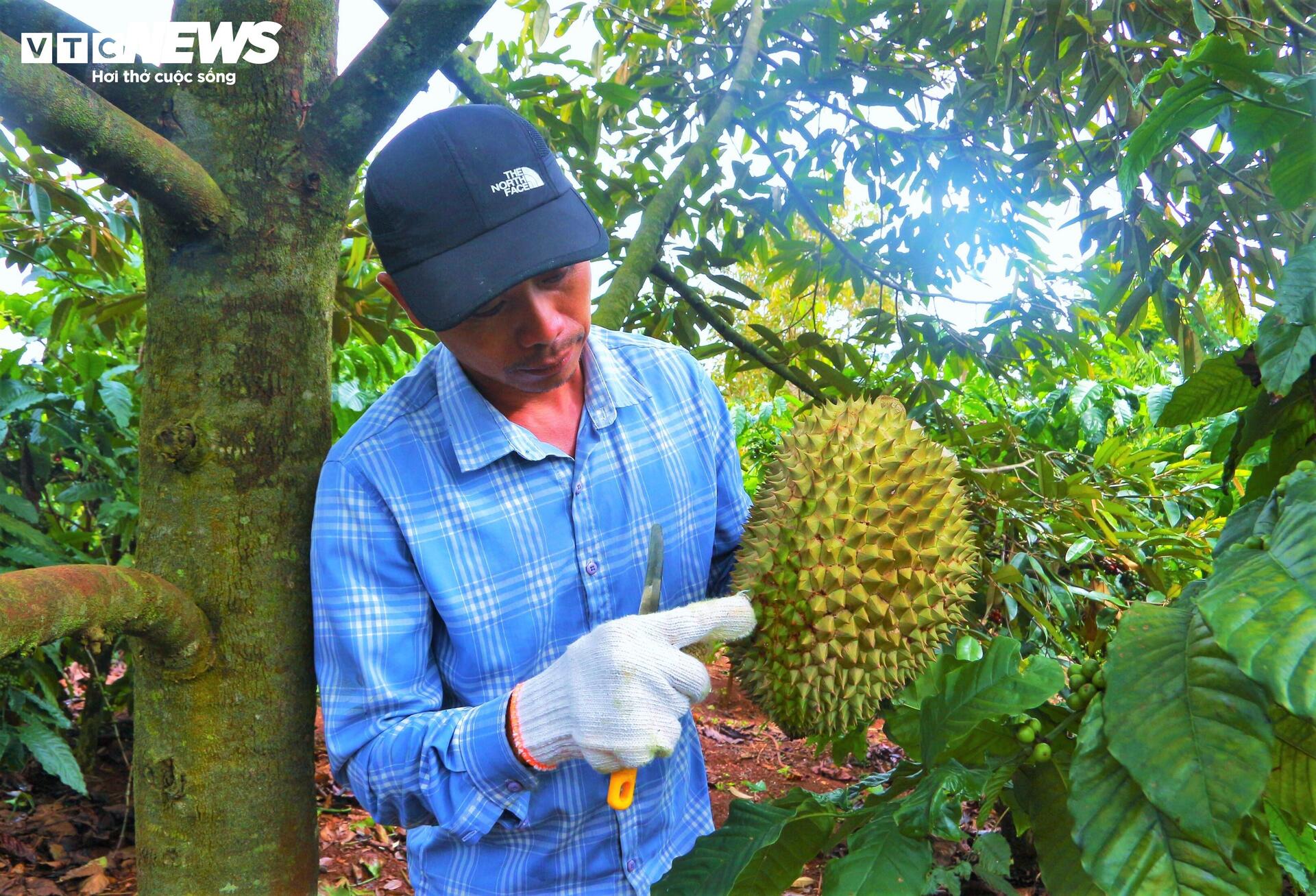
Not only has the yield decreased, but many durian orchards in Đắk Lắk Province are also facing the issue of “water shock,” which has caused a drop in prices.
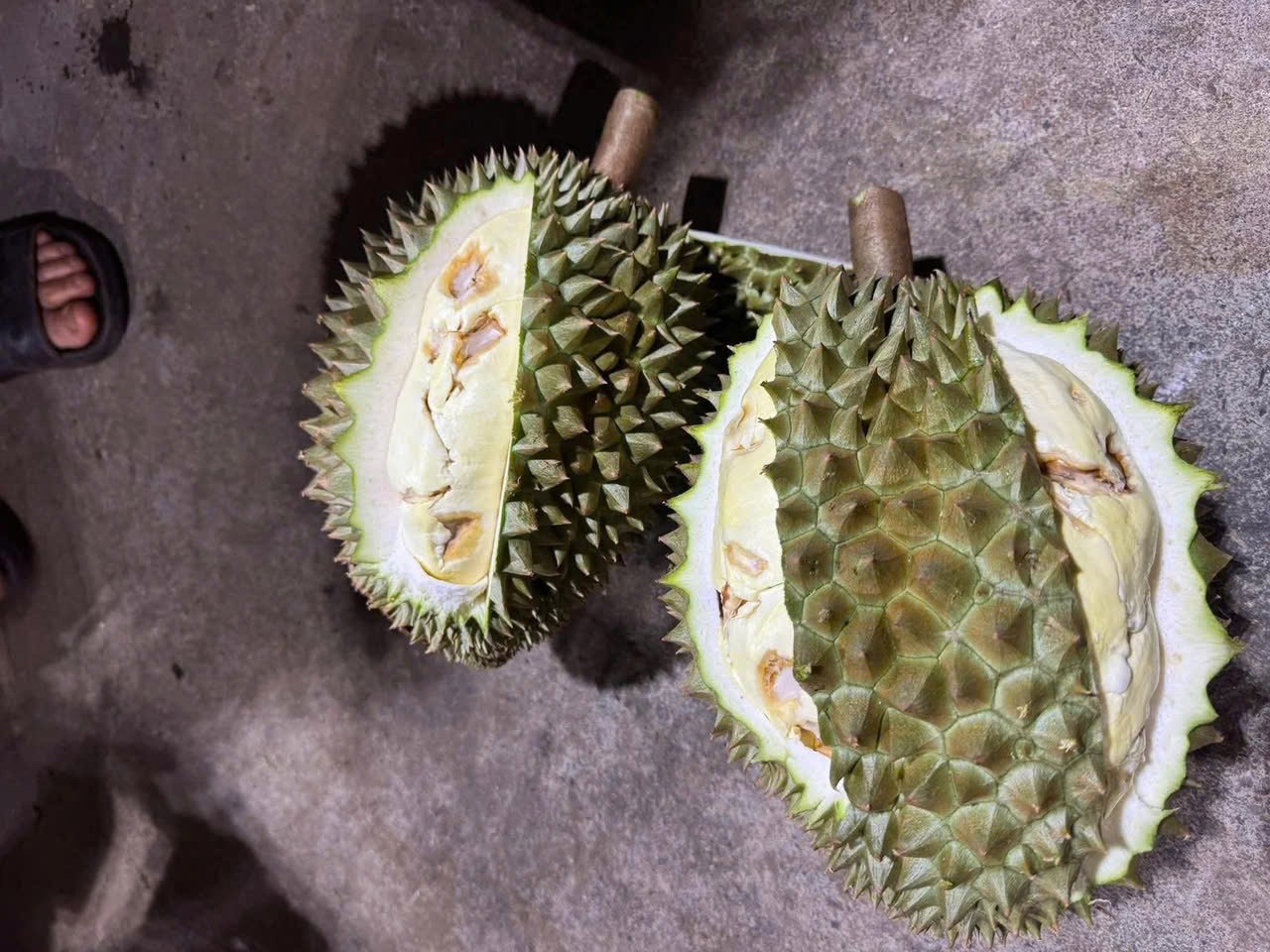
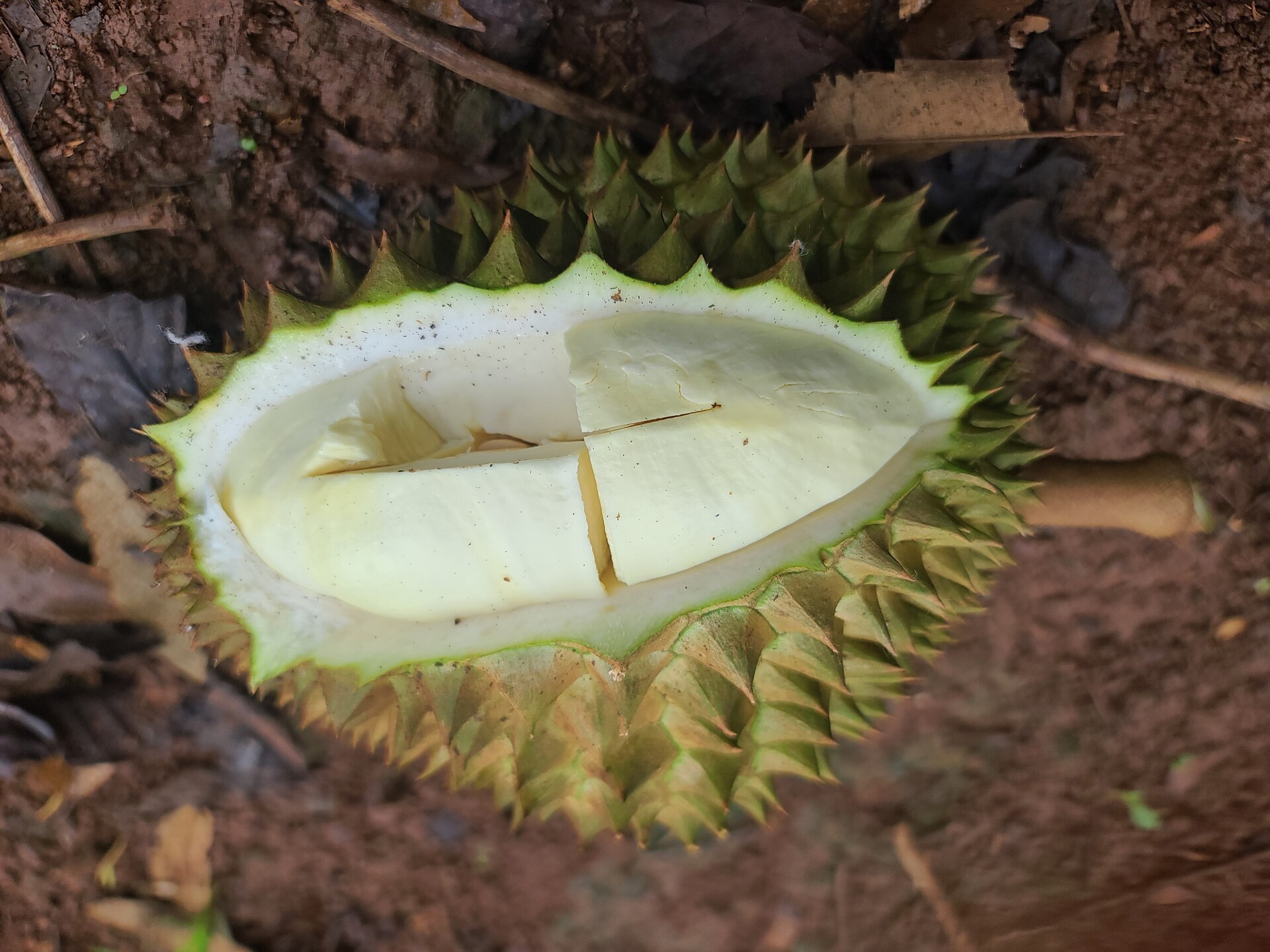
According to local farmers, “water shock” in durians, also known as “starchy flesh,” is a condition where the fruit’s flesh fails to attain the usual soft, sticky, and aromatic characteristics. Instead, it becomes hard, mushy, dry, or discolored, and may even burn. This condition diminishes the quality and economic value of the durian.
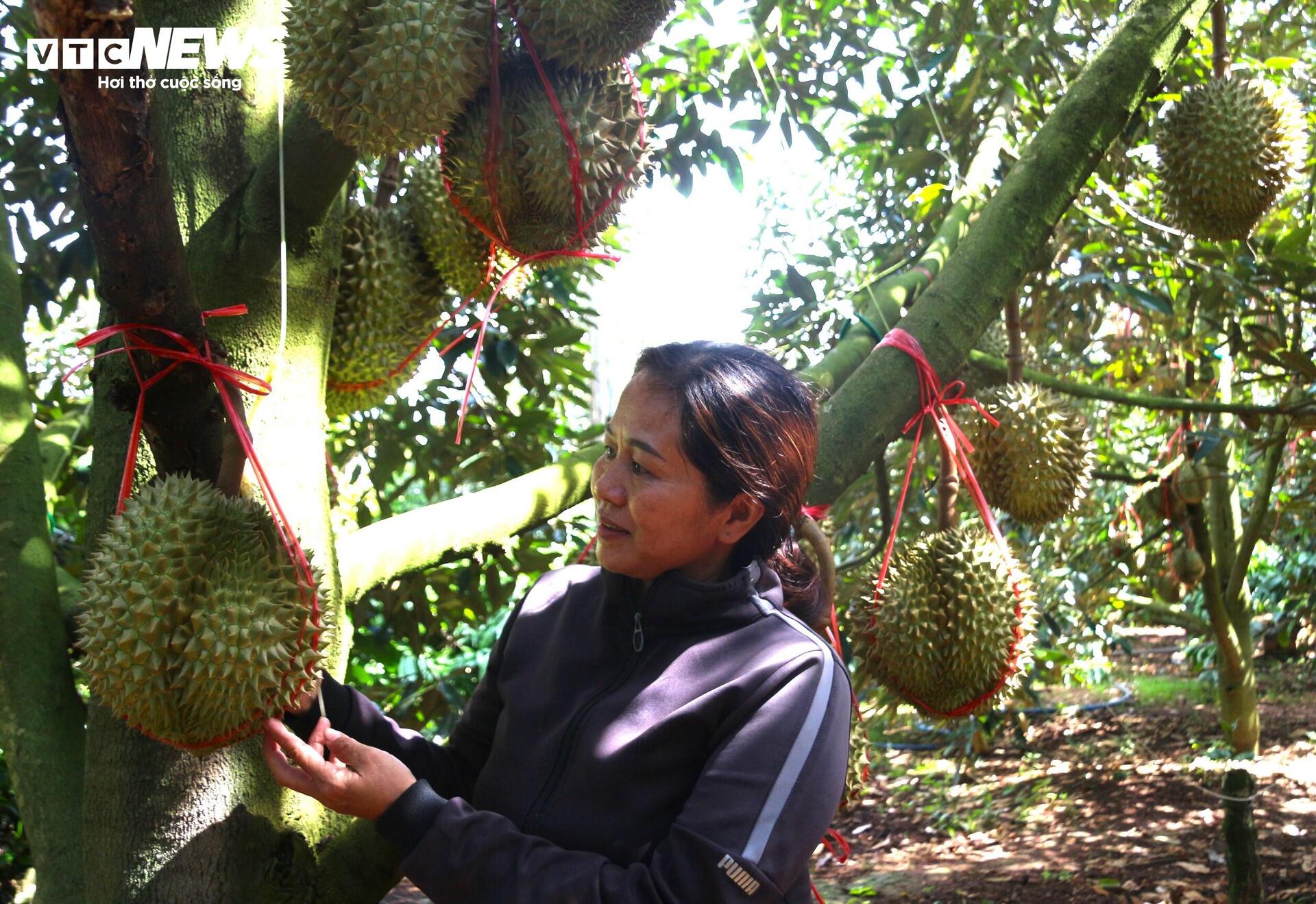
Ms. Hồ Thị Kim Nhung (born 1975, residing in Ea Knuêc commune, Đắk Lắk province) shared that her family has 150 durian trees planted on an area of 1 hectare. In 2024, their yield exceeded 30 tons. However, due to prolonged rainfall this year, the durian yield has significantly dropped to just over 10 tons.
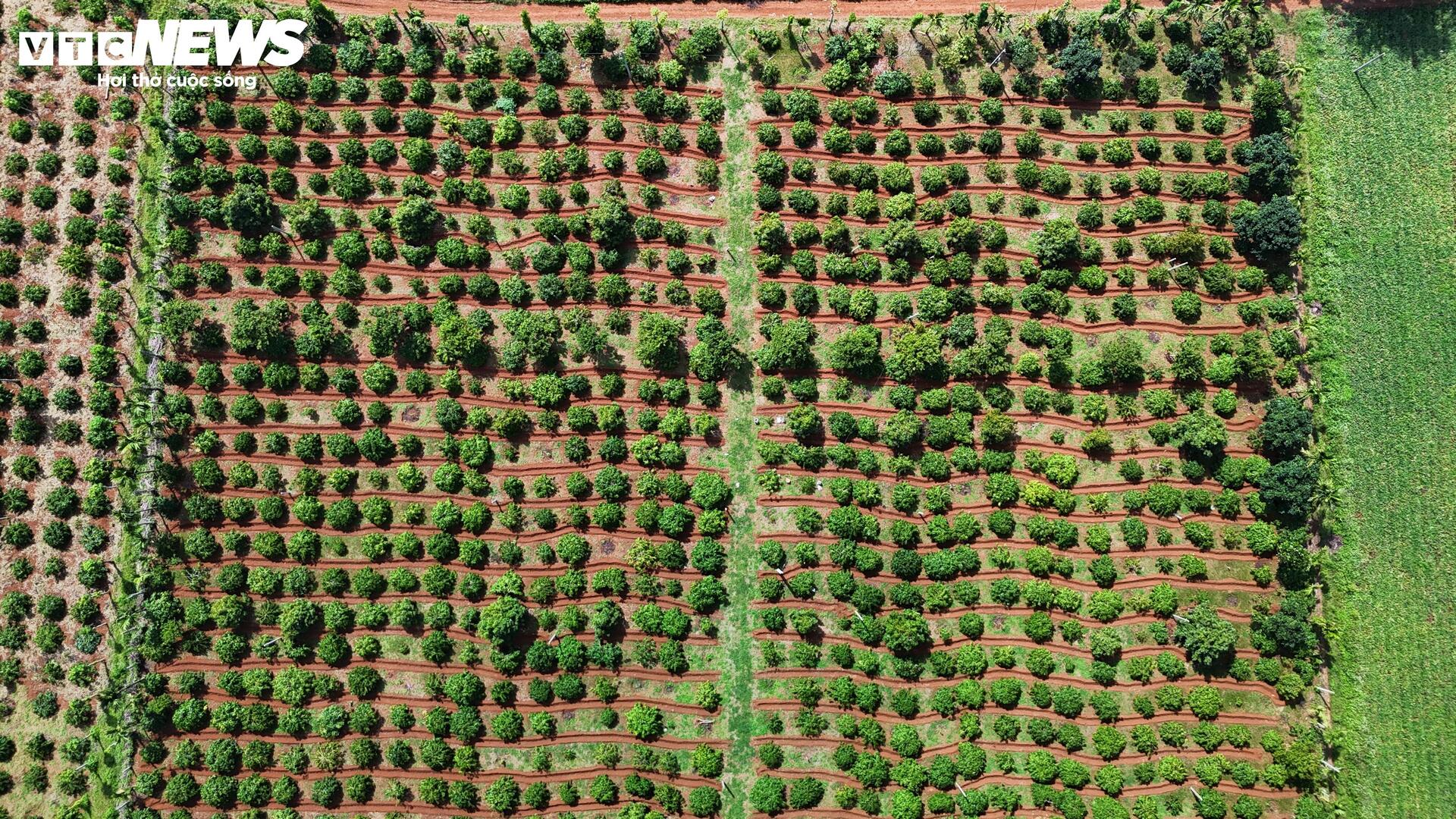
Ms. Đặng Thị Thanh Thủy, a resident of Ea Tul commune, is also anxious as her family has nearly 200 durian trees, 40 of which are already bearing fruit with a yield of about 3 tons. Unfortunately, Ms. Thủy’s durians are affected by “water shock,” and traders are only willing to purchase them at a low price of 40,000 VND/kg.
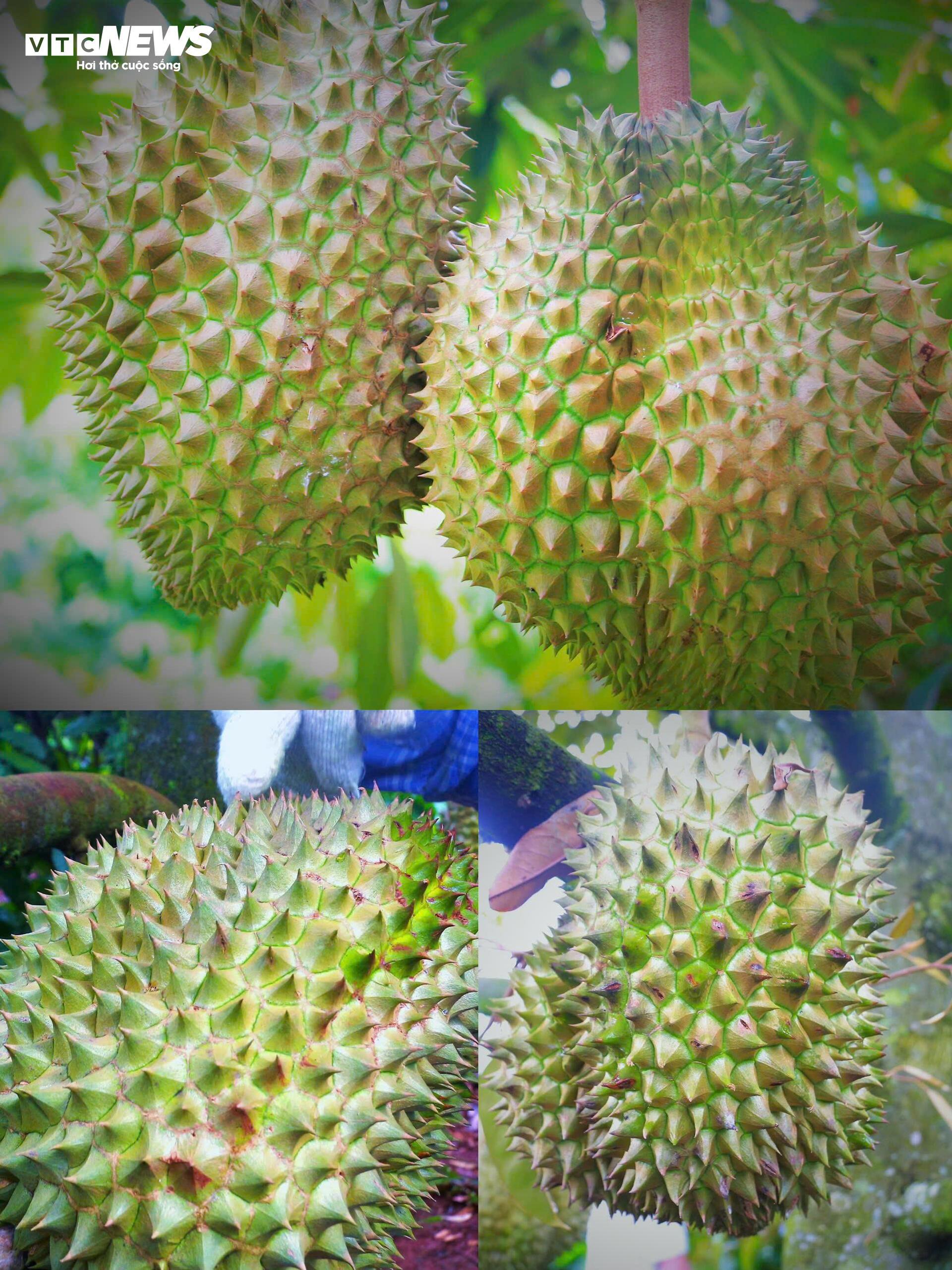
According to observations, the price of Ri6 durians in the garden currently ranges from 15,000 to 30,000 VND/kg, while last year it was 38,000 to 42,000 VND/kg. Musang King durians are priced at 17,000 to 35,000 VND/kg (compared to 70,000 to 85,000 VND/kg last year). The price of Dona durians fluctuates between 35,000 and 65,000 VND/kg depending on the garden, while last year, some gardens sold them at 85,000 VND/kg.
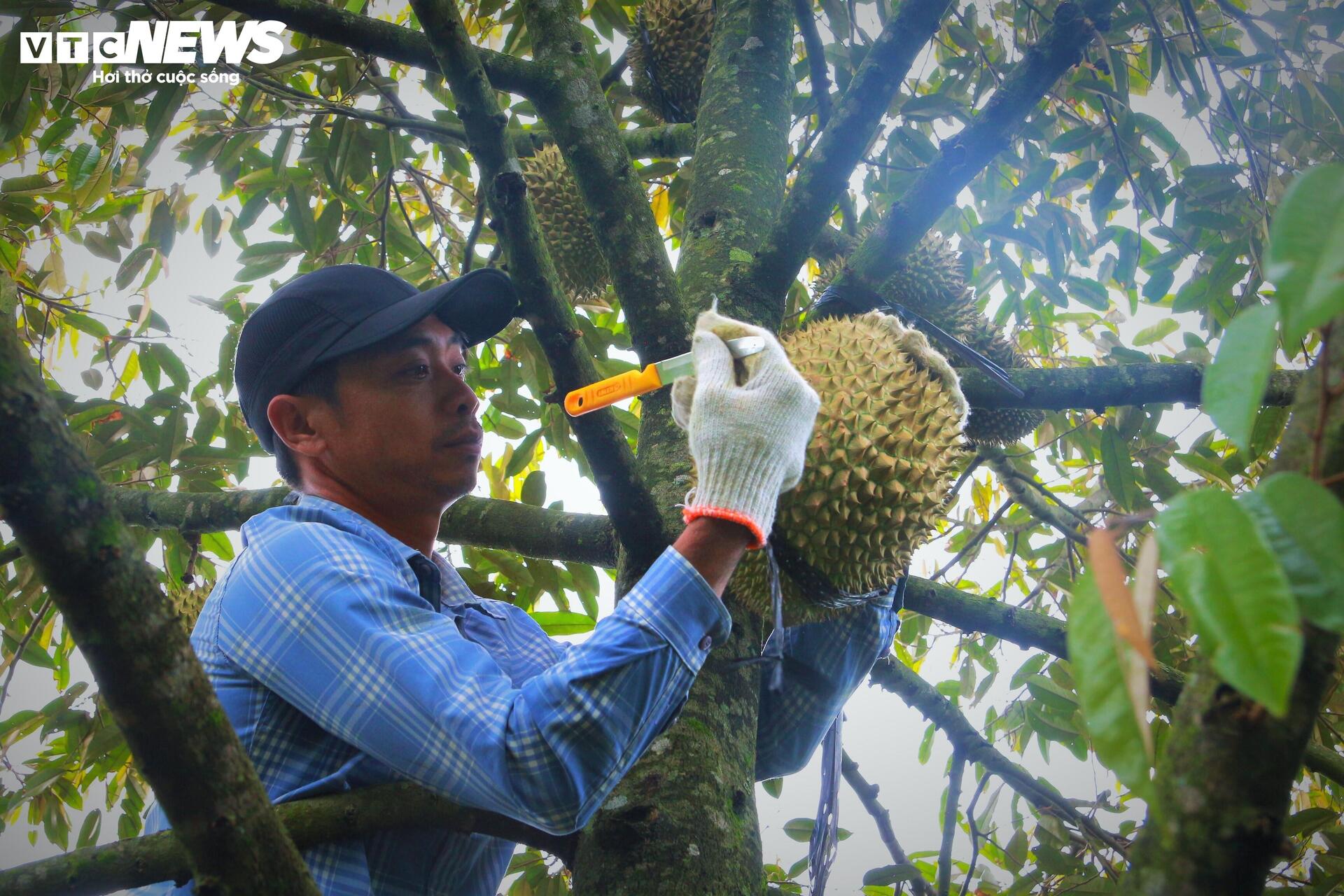
Notably, many durian orchards are approaching harvest time, but traders have not yet finalized the prices or made deposits. In some cases, traders have even backed out after making a deposit, citing an excessively high rate of starchy flesh.
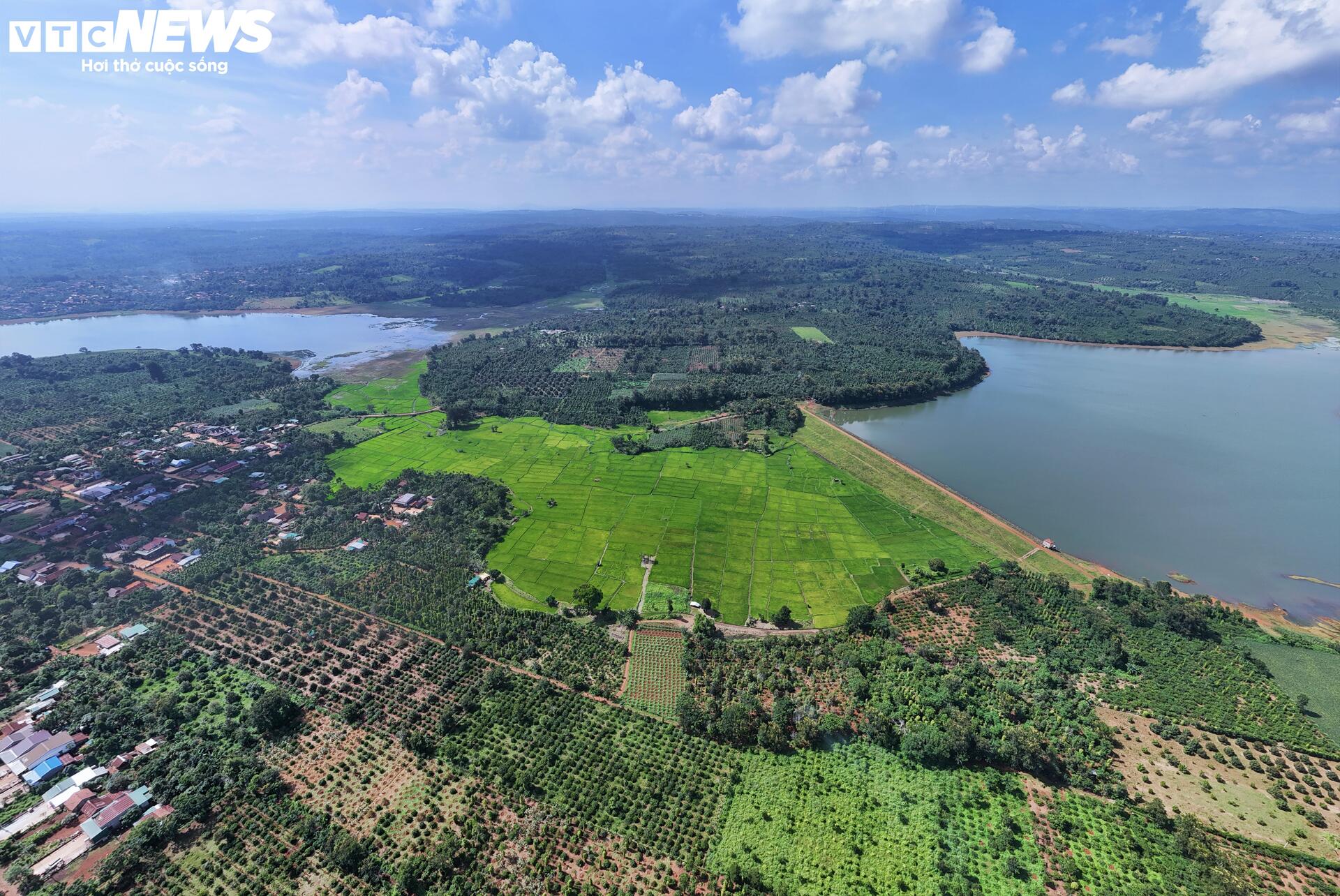
In the context of increasingly stringent export market requirements, especially in China, regarding traceability, food safety, and quality standards, traders are forced to be cautious when inspecting the quality of durian flesh from each garden.
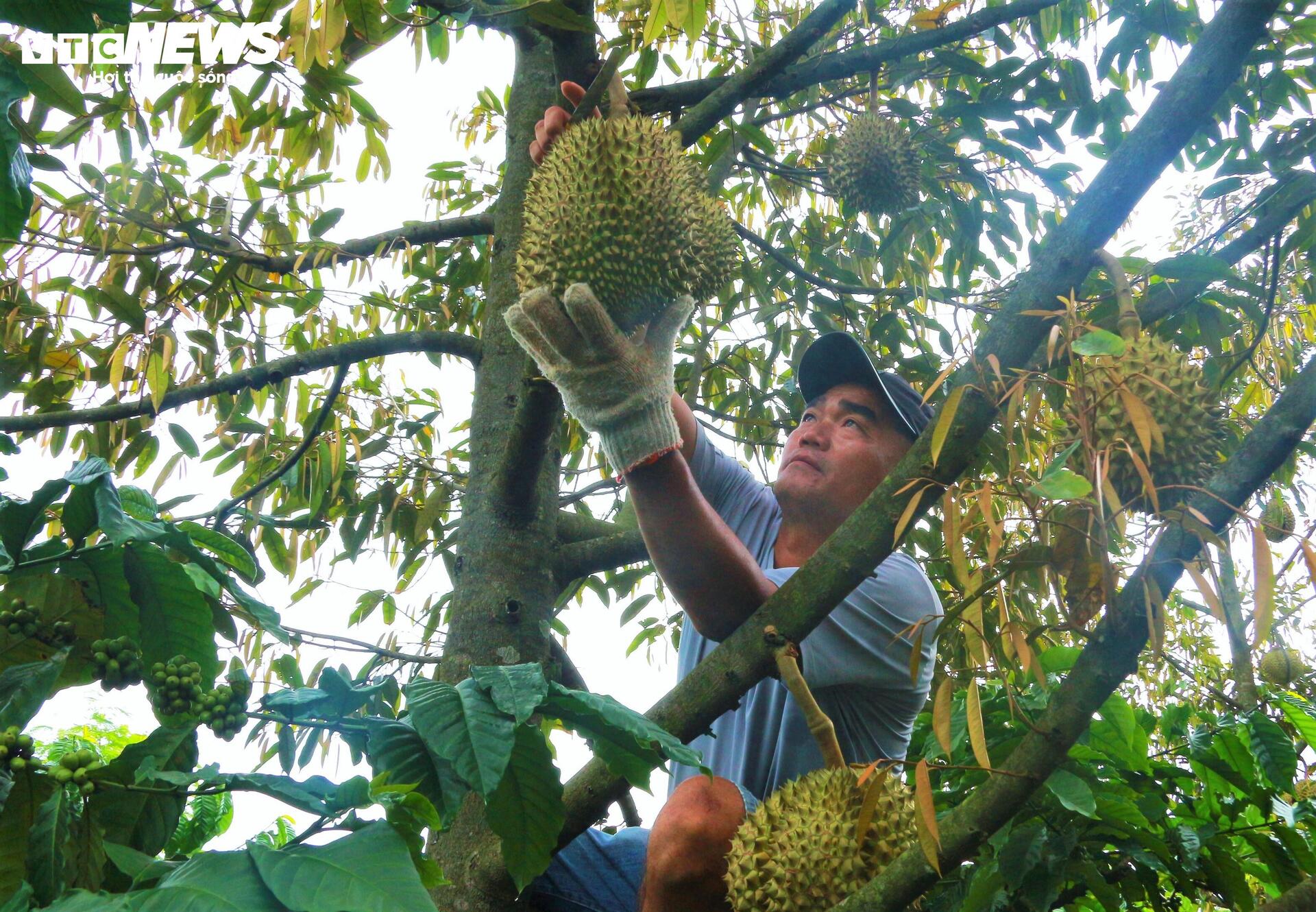
Traders usually wait until close to the harvest date to inspect the gardens, and only if the durians meet the requirements will they finalize the price and proceed with the purchase. Unlike previous years, they no longer make deposits months in advance.
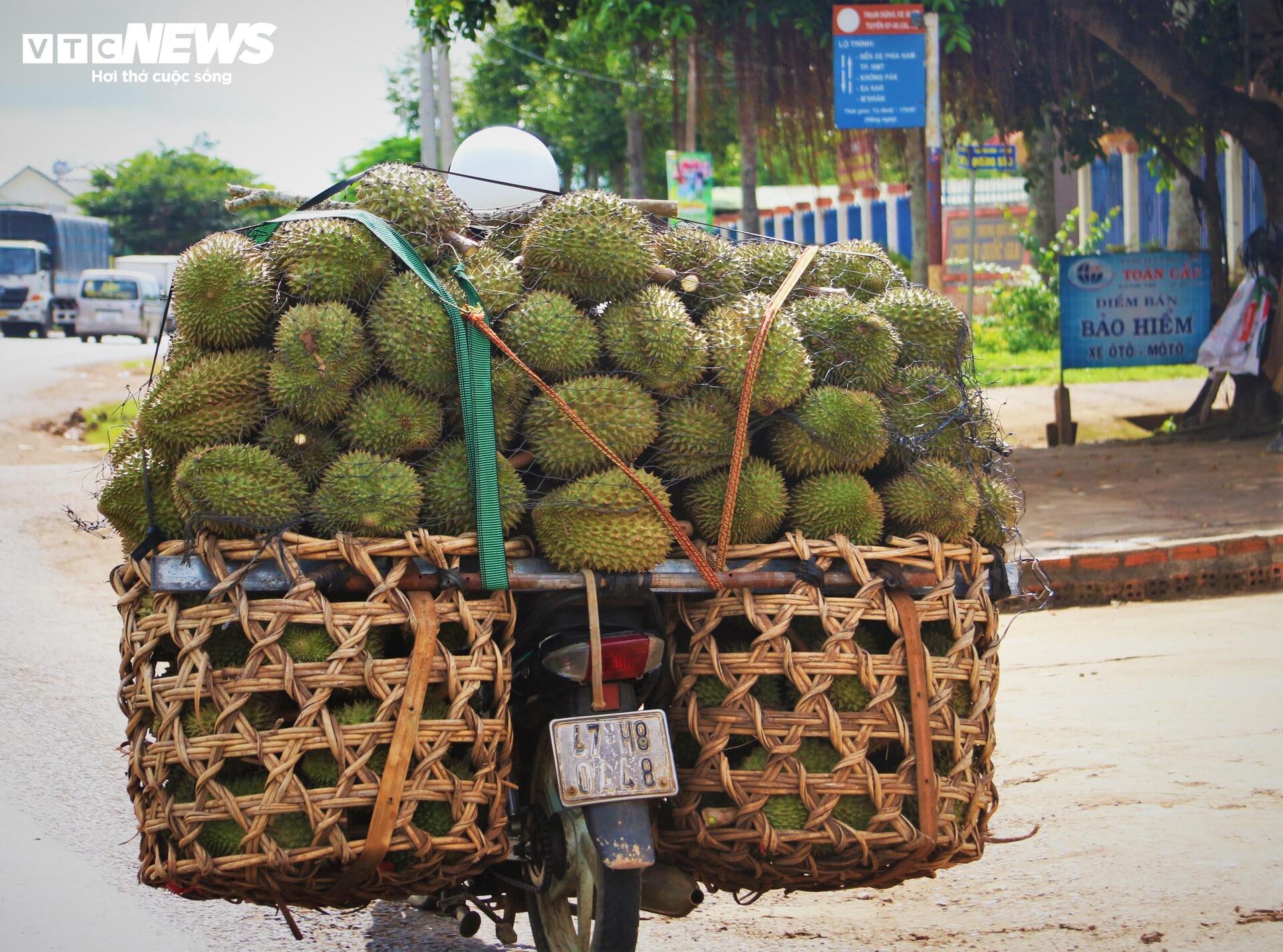
Ms. Huỳnh Thị Thảo, a resident of Ea Ning commune, shared that she recently purchased nearly 200 kg of Ri6 durians at a price of 28,000 VND/kg in Cư M’gar, only to discover that many of the fruits had “dead flesh” (hardened flesh). She had to resell them at a low price of 5,000 VND/kg. Consequently, she is now very cautious when finalizing prices with the gardens.
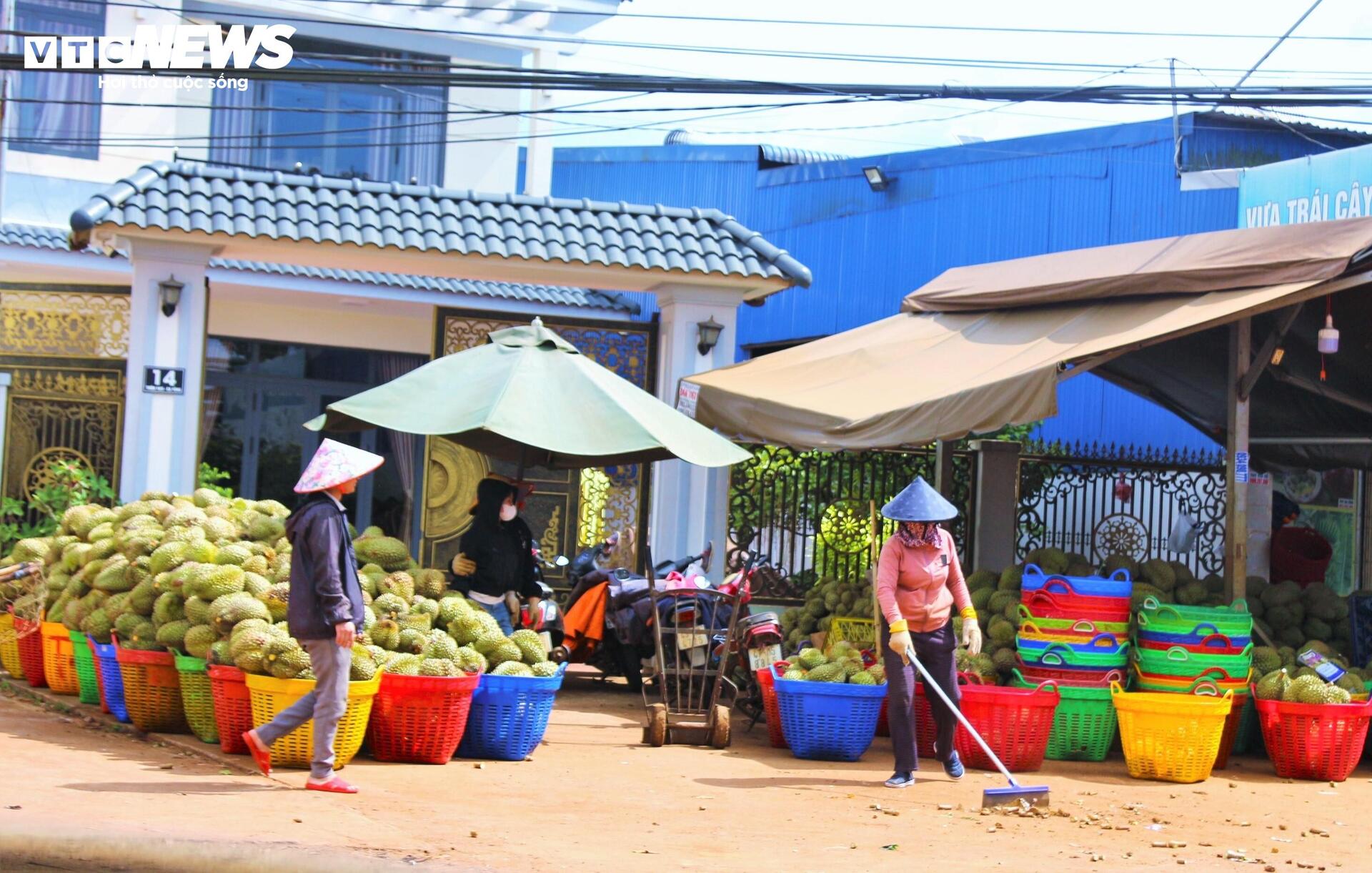
In Krông Pắk, considered the “durian capital” of Đắk Lắk, wholesale markets for substandard, separated, and peeled durians are bustling from the early morning. In contrast, wholesale markets for export-quality durians are operating at a slower pace, awaiting high-quality produce.
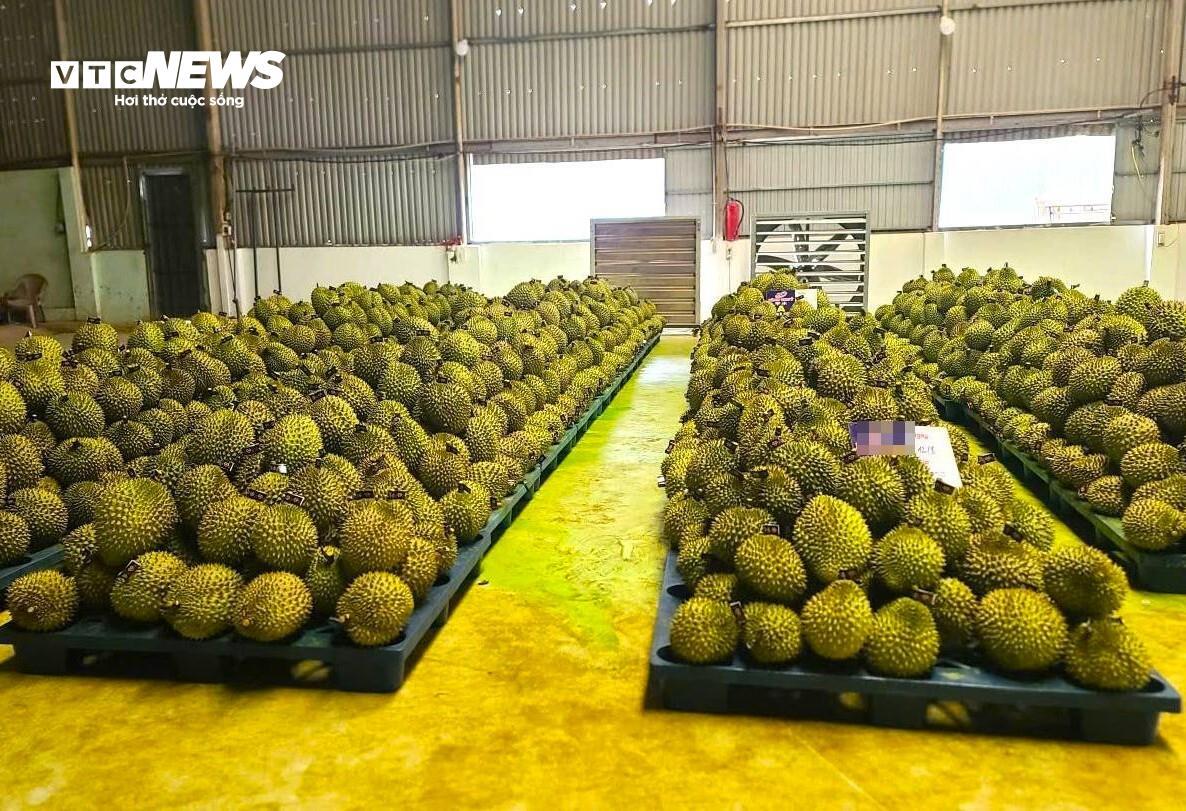
According to durian export purchasing enterprises in Krông Pắk, the main harvest season in the area will begin in about ten days. Currently, the warehouses are only importing durians from Đắk Nông, Bình Phước, and Gia Lai, but only about 30% meet export quality standards. The rest are substandard or have starchy flesh, which has led to the proliferation of wholesale markets for substandard, peeled, and salted durians.
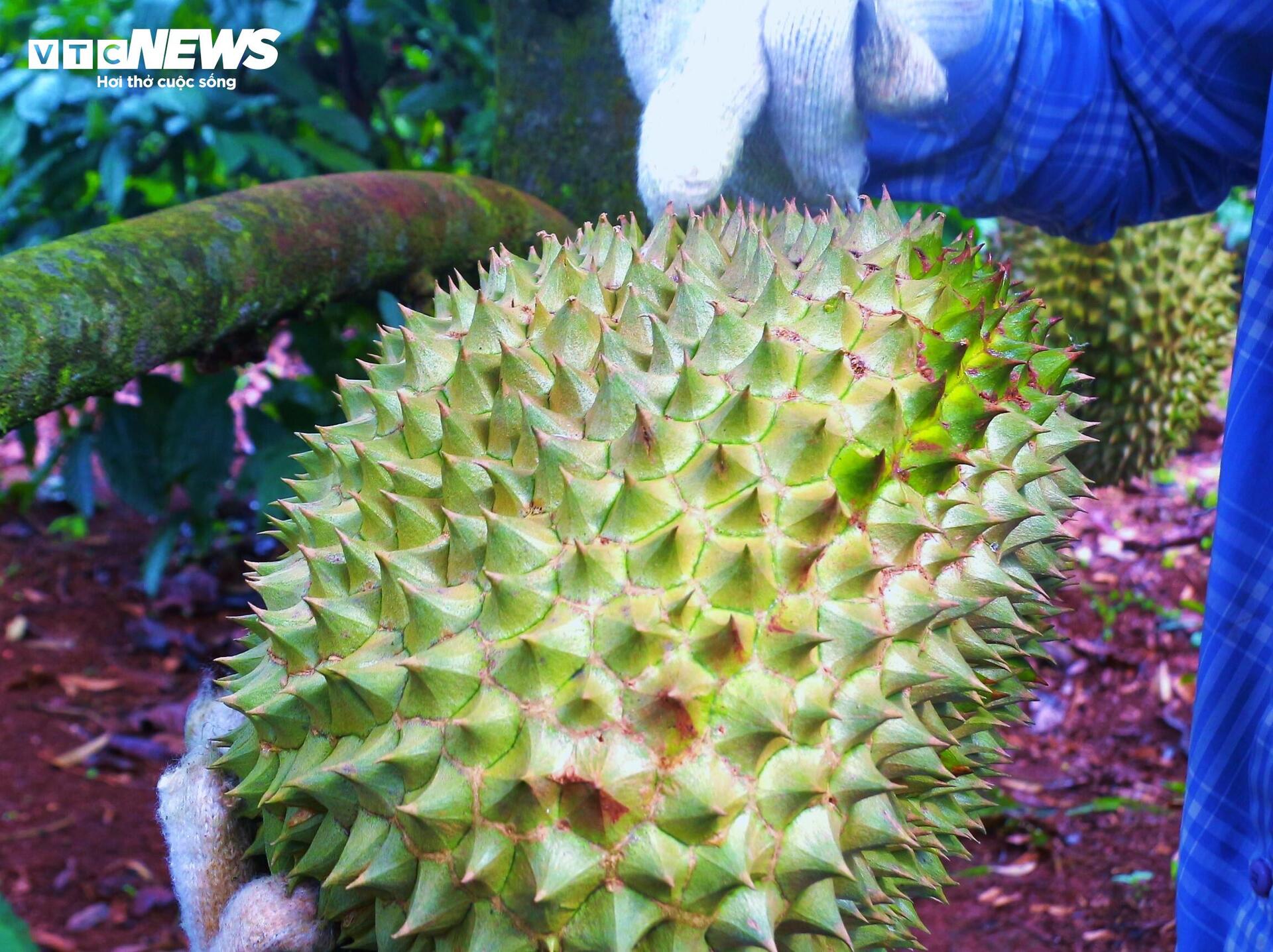
Mr. Nguyễn Văn Tâm, the owner of a facility that purchases substandard, peeled, and salted durians in Ea Knuếc commune, shared that he buys Ri6 durians with salted flesh at a price of 8,000 to 14,000 VND/kg, depending on the color of the flesh. Substandard or “water-shocked” durians are purchased at a price of 18,000 to 24,000 VND/kg. However, he refuses to buy durians that fail to develop colored flesh, as he “doesn’t know who to sell them to.”
The King of Fruits: Three Durian Fruits Worth Over $100,000
As part of the Krong Pac Durian Festival, the organizers auctioned off three durians for a whopping 2.55 billion VND. This incredible amount will go towards welfare and social causes, making a significant impact on the community.
The King of Fruits: Durian Delights Take Over Ho Chi Minh City’s Streets
In recent days, durians have been popping up on street corners and sidewalks across Ho Chi Minh City, with prices that are surprisingly affordable at just 30,000 VND per fruit. This unusual abundance of the king of fruits has caught the attention of many, with people flocking to get their hands on this tasty treat.
The King of Fruits: Off-Season Durian in Tien Giang Province is a Rare Treat for Connoisseurs
The durian season in Tien Giang province has come to an end, and this exotic fruit is now a rare commodity, commanding a premium price. Growers are busy tending to their orchards, employing advanced techniques to induce flowering and fruiting, and are optimistic about a bountiful harvest in the coming season.


